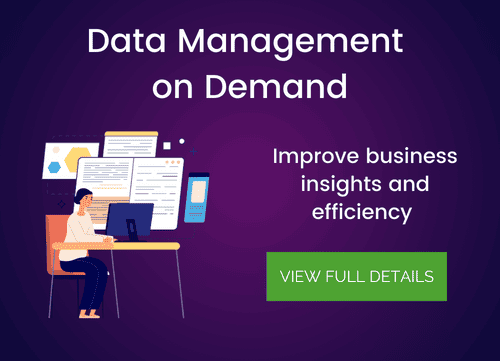At a Glance
Business analytics drive better business decisions
By combining data from one or more systems, we can help you get better insight into what’s happening in your business. Standard sales and financial reports tell you what happened, but usually only from one system, and without much interpretation. Business analytics transforms your data into useful information so you can make smart, data-driven decisions. For example:
- Creating “what if” scenarios to forecast what might happen if you… (ran a promotion, increased the price, switched to a lower cost part)
- Comparing production runs to find the source of quality control issues
- Pulling together data from multiple systems (and even external data sources) to build a profile of your best customers
- Finding patterns in your data that help you improve your business
We build custom databases and custom queries of those databases and business applications to provide you with the information you need when you need it. We can extract and combine information from your accounting, CRM, and other small business systems so you get a multi-dimensional across-the-company view of what’s REALLY going on.
What is business analytics?
Business analytics is the process of transforming data into information. The process often starts by asking a question, like:
- How can we maximize revenue for the holiday season? Are we doing better or worse than last year? Why?
- Why are we getting so many returns on this product?
- Should we increase or decrease our prices?
- Where are we experiencing bottlenecks in our customer delivery process?
Once we have a clear understanding of your goal, we’ll make sure you’re collecting the right data. For example, if you’ve never asked for your customer’s birthday or age, you can’t use this information in a customer demographic profile until you collect it. Once we have all the systems and records we need, our IT Services team will build the data model and queries that will help us answer the question.


